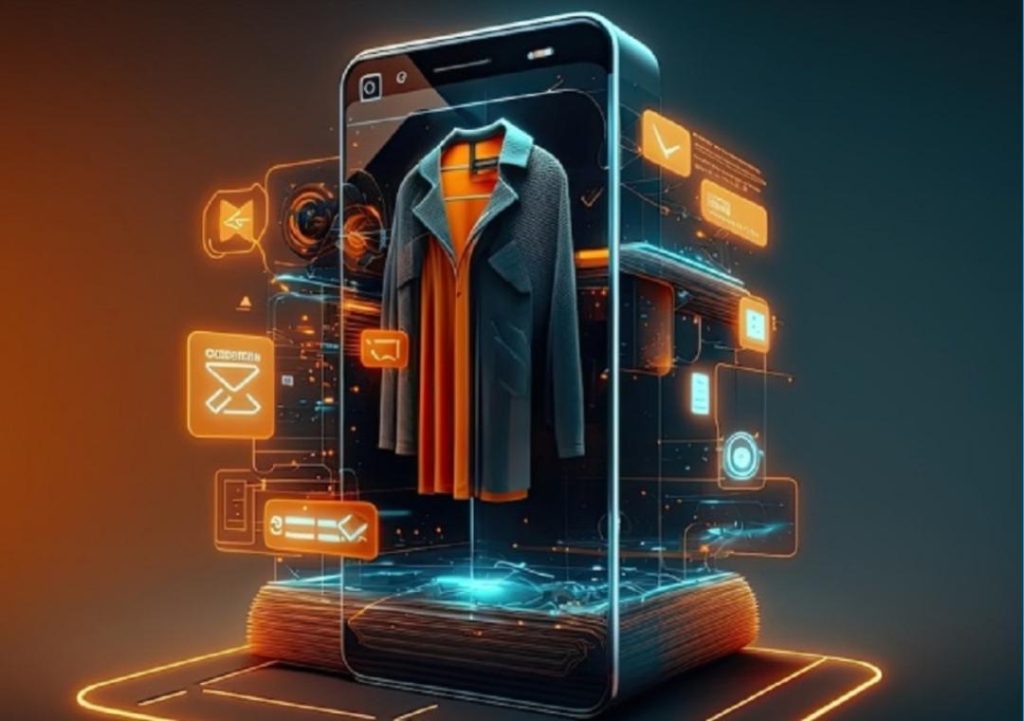
How AI, AR & Automation are Redefining Online Shopping in 2025
The online shopping landscape is undergoing a significant transformation, driven by the convergence of Artificial Intelligence (AI), Augmented Reality (AR), and Automation. In this blog post, we’ll explore how these technologies are redefining the user experience, revolutionizing the way e-commerce businesses operate, and influencing the future of online shopping.
AI-Powered Personalization
One of the most significant ways AI is impacting online shopping is through personalization. AI chatbots are now capable of understanding customer behavior, preferences, and interests, allowing for tailored recommendations and a more personalized shopping experience. For instance, AI-powered product recommendations can suggest items based on a customer’s browsing history, purchase history, and even their social media activity.
This level of personalization is not only improving user engagement but also increasing conversions. According to a study by Salesforce, 80% of customers are more likely to make a purchase from a brand that offers personalized experiences. AI-powered personalization is also helping e-commerce businesses reduce cart abandonment rates, as customers are more likely to complete a purchase when they feel like the experience is tailored to their needs.
Smart Recommendations
AI-powered recommendations are not limited to chatbots. Many e-commerce platforms are now incorporating AI-driven recommendation engines that analyze customer data and suggest products based on complex algorithms. These recommendations can be displayed in various forms, such as “Frequently Bought Together” or “Customers Who Bought This Also Bought” sections.
These smart recommendations are not only improving customer satisfaction but also increasing average order value. According to a study by McKinsey, AI-powered recommendations can increase average order value by up to 10%. This is because AI-driven recommendations are more likely to suggest complementary products, leading to a higher average order value.
Voice Commerce
Another area where AI is making a significant impact is voice commerce. With the rise of voice assistants like Alexa and Google Assistant, customers are increasingly using voice commands to make purchases. AI-powered voice commerce platforms are now capable of understanding natural language and processing voice commands, allowing customers to make purchases with ease.
Voice commerce is not only improving the user experience but also increasing conversions. According to a study by OC&C Strategy Consultants, voice commerce could increase e-commerce sales by up to 10% by 2025. Voice commerce is also expected to become a key channel for e-commerce businesses, with 50% of customers planning to use voice assistants for online shopping by 2025.
AR Virtual Try-Ons
Augmented Reality (AR) is another technology that is revolutionizing the online shopping experience. AR-powered virtual try-ons allow customers to preview products in a more immersive and interactive way. For instance, customers can use AR-powered virtual try-ons to see how a product would look on their face or body, reducing the likelihood of returns and improving customer satisfaction.
AR is not only improving the user experience but also increasing conversions. According to a study by Forrester, AR-powered virtual try-ons can increase conversions by up to 40%. AR is also expected to become a key channel for e-commerce businesses, with 70% of customers planning to use AR-powered virtual try-ons by 2025.
Automated Logistics and Supply Chain Management
Automation is also playing a significant role in redefining online shopping. Automated logistics and supply chain management are now capable of streamlining the shipping and delivery process, reducing transit times, and improving customer satisfaction.
Automated logistics and supply chain management are not only improving the user experience but also reducing costs. According to a study by McKinsey, automation can reduce logistics costs by up to 20%. Automation is also expected to become a key channel for e-commerce businesses, with 60% of customers planning to use automated logistics and supply chain management by 2025.
Conclusion
In conclusion, AI, AR, and Automation are redefining the online shopping landscape, improving the user experience, and increasing conversions. AI-powered personalization, smart recommendations, and voice commerce are improving user engagement, while AR-powered virtual try-ons are providing a more immersive and interactive shopping experience. Automation is also streamlining the shipping and delivery process, reducing costs, and improving customer satisfaction.
As we look to the future of online shopping, it’s clear that these technologies will continue to play a significant role in shaping the industry. E-commerce businesses that adopt these technologies will be well-positioned to succeed in the rapidly evolving online shopping landscape.
News Source:
https://www.growthjockey.com/blogs/e-commerce-tech-trends-online-shopping






